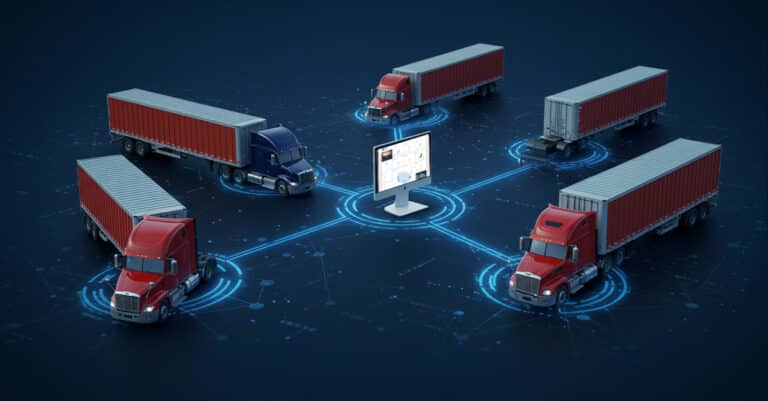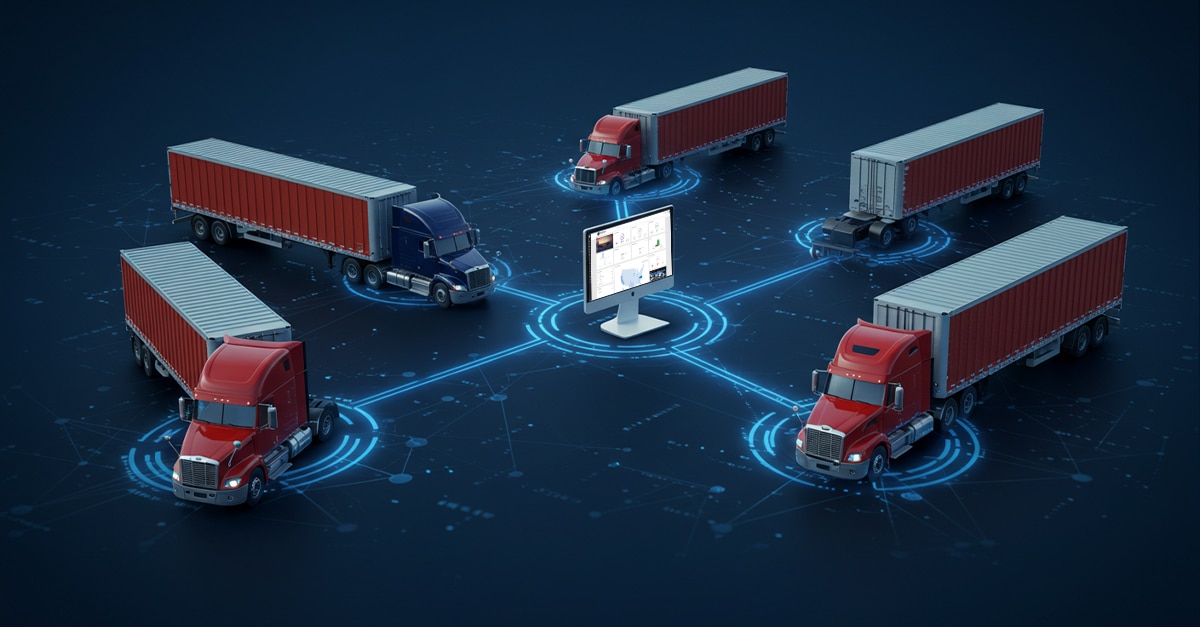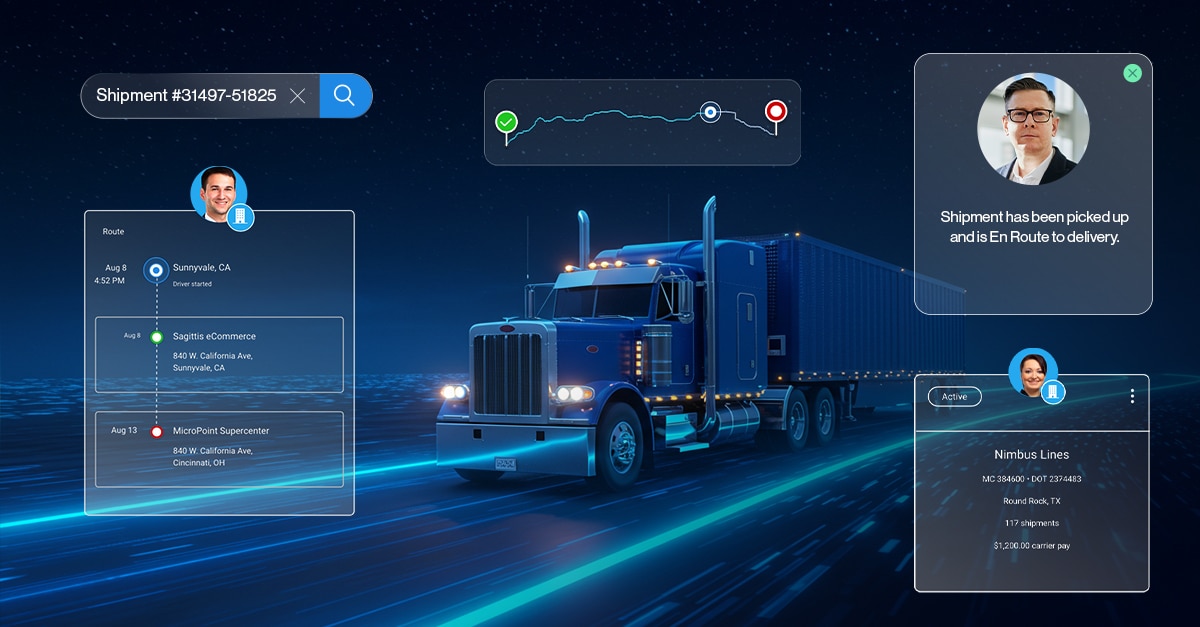The logistics and supply chain industry is undergoing a rapid transformation, fueled by advancements in technology and increasing customer demands for transparency and speed. Effective shipment management is at the heart of this transformation, offering businesses the ability to streamline operations, reduce costs, and improve customer satisfaction. This article will explore the critical components of end-to-end shipment management controls and how leveraging technology can transform these challenges into opportunities.
Understanding Shipment Management Controls
Shipment management controls refer to the strategies and tools used to oversee the movement of goods from origin to destination efficiently and effectively. These controls are essential for optimizing various aspects of the supply chain, including: – Carrier Selection and Management: Selecting the right carriers that align with your cost, time, and reliability requirements. – Route Optimization: Finding the most efficient and cost-effective routes for shipments. – Visibility and Tracking: Maintaining real-time visibility into the status of shipments to quickly address any issues. – Documentation and Compliance: Ensuring all shipments comply with local and international regulations and that documentation is accurate and complete. – Cost Control and Audit: Managing and auditing shipping costs to ensure billing accuracy and identify savings opportunities. By effectively managing these components, businesses can enhance their operational efficiency, improve customer service, and reduce transportation expenses.The Role of Technology in Enhancing Shipment Management
The complexity of modern supply chains requires sophisticated tools to manage shipments effectively. Here’s how technology is making a difference:Automation
Technology automates repetitive tasks such as booking shipments, generating documentation, and invoicing. This not only reduces the likelihood of human error but also frees up staff to focus on more strategic tasks.Real-time Visibility
Advanced tracking technologies and IoT devices provide real-time updates on shipment status, helping businesses proactively manage delays and communicate more effectively with customers.Data Analytics
With the vast amount of data generated by supply chain activities, analytics tools can offer insights into performance, helping identify trends, bottlenecks, and opportunities for improvement.Collaboration Tools
Modern supply chains involve many stakeholders, including suppliers, carriers, and customers. Technology facilitates collaboration across these groups, ensuring everyone has access to the latest information and can make informed decisions.Implementing Effective Shipment Management Controls
Adopting a technology-driven approach to shipment management involves several steps:- Assess Your Needs: Understand the specific challenges and requirements of your supply chain.
- Select the Right Technology: Choose a technology solution that aligns with your needs, whether it’s a comprehensive Transportation Management System (TMS) or specific tools for tracking and analytics.
- Integrate with Existing Systems: Ensure the new technology integrates seamlessly with your existing supply chain management systems.
- Train Your Team: Invest in training for your team to make the most of the new tools.
- Monitor and Adjust: Continuously monitor the performance of your shipment management controls and be prepared to make adjustments as needed.









